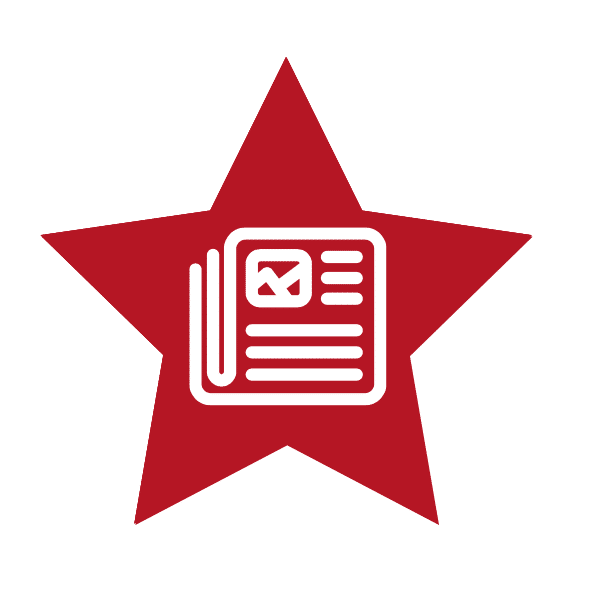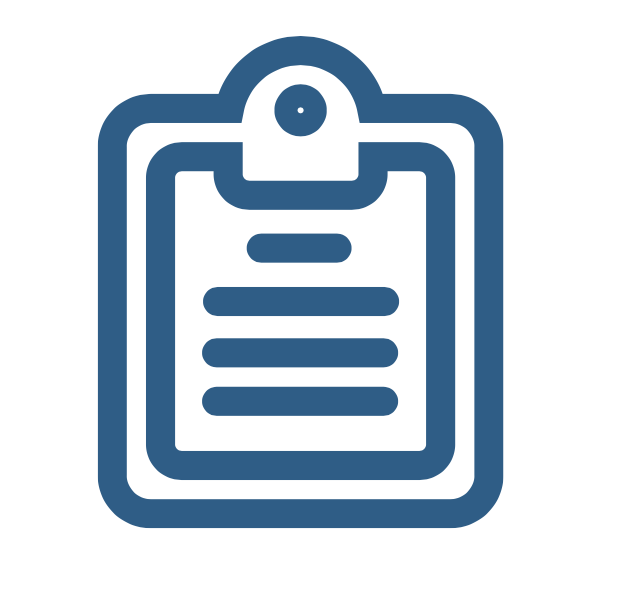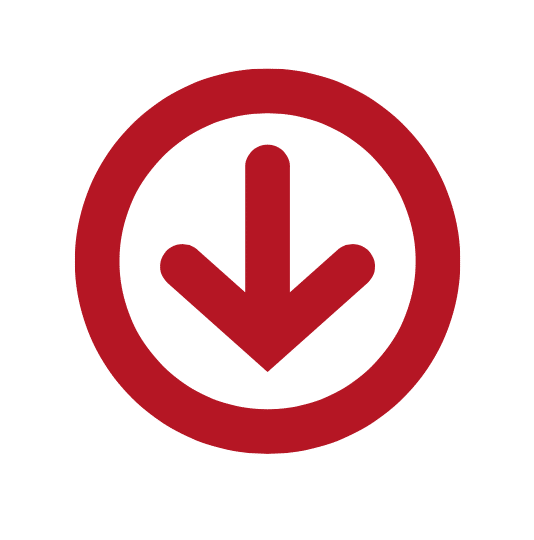How to Create an Optimized Lead Conversion Path
 Lead conversion is all about turning unknown website visitors into identified leads. We do this by offering them helpful content for which they’re willing to exchange their contact information. Over time, leads turn into opportunities, who become customers and even promoters of your brand.
Lead conversion is all about turning unknown website visitors into identified leads. We do this by offering them helpful content for which they’re willing to exchange their contact information. Over time, leads turn into opportunities, who become customers and even promoters of your brand.
Clearly, lead conversion is a big deal. How can you optimize your site for lead generation? By creating optimized conversion paths. Here’s how.
What is a Lead Conversion Path?
A lead conversion path is a sequence of steps that an anonymous visitor on your website will take to become a known lead. A conversion path is made up of an outstanding content offer at its center, surrounded by supporting content like blog and social posts, web pages, calls-to-action, landing pages, and a thank-you page.
Steps to Lead Generation:
1. Website visitor sees one of your outstanding content offers that interests them.
2. They click on a call-to-action button or link to access that content, which takes them to a landing page.
3. On the landing page, they’ll submit their information through a form in exchange for access to the piece of content.
4. Upon submitting the form, they’re taken to a thank-you page to receive the content.
Now you’ve got yourself a new lead!
By designing and optimizing great lead conversion paths, you’ll be able to move visitors through the buying process and help them become customers and promoters of your brand.
1. Relevant Content
 Content is ubiquitous. Literally everything on the web is considered content. It’s what you’ll use in inbound marketing to attract and convert new customers on your website.
Content is ubiquitous. Literally everything on the web is considered content. It’s what you’ll use in inbound marketing to attract and convert new customers on your website.
Creating the right content is the real challenge. I’m sure you can guess that good content has got to be optimized for your buyer personas. It should address the concerns and challenges they are facing and provide solutions toward their goals. Of course, it also needs to be interesting to boot.
But here’s the thing – it’s not enough to produce interesting and relevant content for your ideal target audience. That content needs to be relevant based on where they are in the buying process.
The buying process is the active set of steps your prospects go through leading up to making a purchase. They’re going to be interested in learning about different things at different stages of their decision-making process.
Most of your website visitors are going to be at the very beginning of the buying process. They might not even know what you’re selling or how it can help them. They might just know that they have a challenge or opportunity on their hands. Sometimes, they may not even know this much. Content for these visitors needs to be very high-level and educational in nature.
Down the line, visitors may be comparing their options or looking for deeper features or pricing details. Content down the sales funnel needs to speak to this evolving set of interests.
 Now that you’ve got some incredible content that speaks to both your target audience and where they are in the buying process, the next step is the mechanism to convert them into leads. That’s what a landing page is for.
Now that you’ve got some incredible content that speaks to both your target audience and where they are in the buying process, the next step is the mechanism to convert them into leads. That’s what a landing page is for.
Landing pages are specialize web pages whose sole purpose is to collect contact information in exchange for something of value. At a minimum, landing pages contain a form that users are obligated to fill out if they are to gain access to your awesome content offer. Just like the offer itself, landing pages need to resonate with your visitors based on buyer persona and where they stand in the buying process.
To be most effective, your landing pages need to present the benefits that your visitor wants to see at that point in time. It should make the points that address the particular problem or opportunity your visitor is faced with.
Let’s say your content offer is a 20-page ebook about training a service dog. Someone at the very beginning of the buying process who hasn’t even found the dog they want isn’t going to be very interesting in downloading the book if the landing page talks about long-range hand signals. Instead, an effective landing page might highlight how your book focuses on breed selection.
Again, focus on your buyer persona and also the buying process.
3. Enticing Calls-to-Action
 Working backward, you’ve got a great content offer and relevant landing pages. Now you need to set up ways for visitors to actually access these elements in the first place. That’s what a call-to-action does.
Working backward, you’ve got a great content offer and relevant landing pages. Now you need to set up ways for visitors to actually access these elements in the first place. That’s what a call-to-action does.
A call-to-action effectively advertises your content offer. They can be buttons, images, videos, text links and otherwise. The call-to-action can be considered the start of the lead conversion path.
A good call-to-action is enticing, action oriented, and consistent with the message your users will find down the line on landing pages and the content offer itself.
By action oriented, I mean they should be “click worthy” because this is what you want your users to do. There should be some kind of action language like “download”, “watch” or “learn”. Colors should help them stand out from the rest of your website content.
4. Optimized Thank-You Pages
 Working backward, you’ve got a great content offer and relevant landing pages. Now you need to set up ways for visitors to actually access these elements in the first place. That’s what a call-to-action does.
Working backward, you’ve got a great content offer and relevant landing pages. Now you need to set up ways for visitors to actually access these elements in the first place. That’s what a call-to-action does.
A call-to-action effectively advertises your content offer. They can be buttons, images, videos, text links and otherwise. The call-to-action can be considered the start of the lead conversion path.
A good call-to-action is enticing, action oriented, and consistent with the message your users will find down the line on landing pages and the content offer itself.
By action oriented, I mean they should be “click worthy” because this is what you want your users to do. There should be some kind of action language like “download”, “watch” or “learn”. Colors should help them stand out from the rest of your website content.
Last Thoughts
Conversion paths are the processes you create on your website to turn strangers into qualified leads. A good website will have many conversion paths set up with many content offers, each addressing different buyer personas at each phase of the buying process.
If you want to learn more about this stuff, check out the “Converting” chapter of our Step by Step Guide to Inbound Marketing.
Feel free to reach out.

